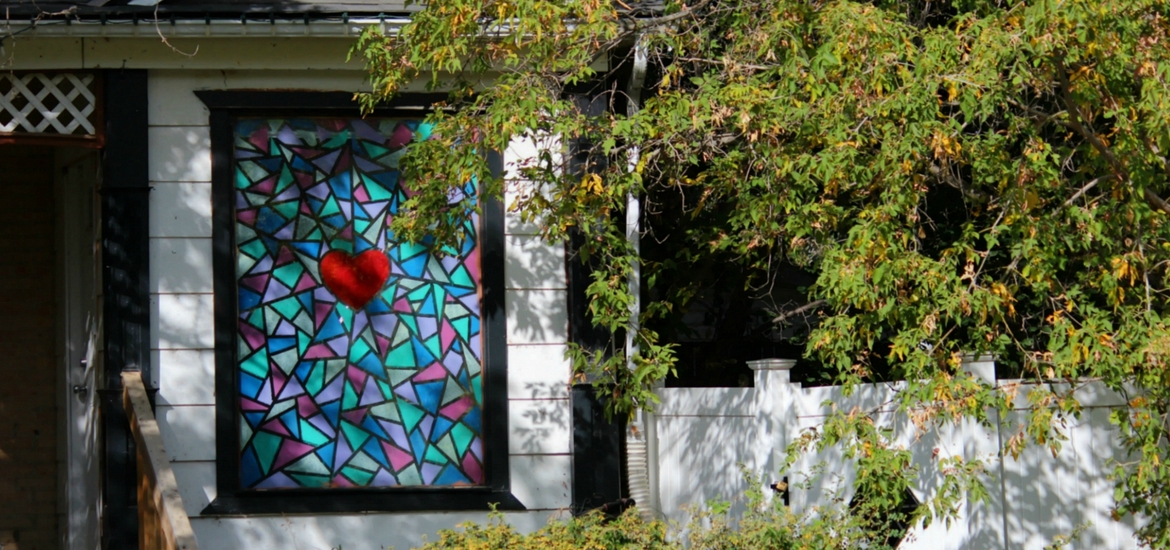By Nicholas Antonini, Student Researcher
[More than three years after Covid-19 upended our lives personally and collectively, we decided to return to a documentation project from the first wave of the pandemic to see what the participants were thinking and feeling at that time. Our summer research intern, Nicholas Antonini’s codified and analyzed the themes present in the 35 interviews that were part of the COVID-19 Culture project, which was completed in October 2020. This blog post makes reference to the interviews that make up the data set for that project. All interviews are available to view on the Provincial Archives of Saskatchewan’s YouTube page; they can be found compiled in a playlist titled “Heritage Saskatchewan: Covid-19 Culture”. This work is part of Heritage Saskatchewan’s continuing commitment to understanding the province’s diverse living heritage.]
This blog post will have a companion post of reflections on lessons that participants took away from their experiences with the first lockdown period of the Covid-19. But, for now, I want to highlight some of the discussion on what people did to cope with the pandemic and how they made use of the resources they had access to. The Covid-19 Culture living heritage project has been an exercise in practicing the protection of living heritage through documenting living traditions that, maybe, could otherwise go overlooked. Sustained and continuous gratitude is extended to all interview participants of the Covid-19 Culture project and all the community coordinators, whose combined work has provided rich material that demonstrates intangible cultural heritage in Saskatchewan.
When reflecting on the resources that people had access to during the pandemic, two things were discussed the most. Broadly speaking, these were technology and foodstuffs (including medicines – traditional and Western). In terms of technology, participants emphasized how the digital world of communication and connectivity has conditioned what living in a pandemic looked like, so to speak. Many participants felt thankful for this particular use of technology in context of, both, professional and personal worlds:
“We’re fortunate I guess in some ways, and I didn’t think I’d ever say this because I used to bug my grandkids about the media, and the iPhones, and spending too much time, but in some ways it is the iPhones that have… technology has been really useful in keeping people connected.” ~ Angela Bishop
“I’m glad I was still able to interact with my students… virtually. They were sending me messages on our Facebook group, on our Google classroom, so I was kinda able to help them out with their assignments and… they were showing me things that they were doing at home and things that they were learning outside. It was nice to see them getting outside as much as they were, and … being out on the land.” ~ Garrick Schmidt
Additionally, technology allowed for the continued practice of religion and spirituality. For example, Mary-Ann Kirkby describes how a particular Hutterite community was able to continue church services through speaker systems in the home of the congregation:
“And they all have a speaker system in the home, so the church service is pumped into each home. And, you know, they feel terribly lonely for each other’s company. And, so it’s been really fun, but what I’ve enjoyed most of all is they send me, over What’s App, some of their, some of our German songs. You know… [a]ll of these beautiful songs that I was raised [with] – and then I sing them. It’s part of the way I keep my voice intact, ‘cause I do, you know, I sing at the Anglican church, or sometimes at a little jazz festival, so it’s a different kind of music. But, to keep my voice the way I think it’s supposed to be, I have to sing my German songs as well.” ~ Mary-Ann Kirkby
Kirkby also describes the role that German songs play in her personal heritage, couched within the connection to these church services that were adapted to the pandemic lockdown. And to a certain degree, participants expressed how music helped them through living day-to-day in the pandemic and lockdown. For example, Jebunessa Chapola shared the following:
“… I will say that music is very powerful. [I]t helps you to heal your pain, your worry, your tension. As a family, I try to sing every day. So, to me, music is my prayer. To me, music is a medicine for our soul. Medicine for us to grow as a good human being and to… not to be afraid of any kind of disaster. So, I try to teach my children some meaningful song. So. which is not only for entertainment, it’s purely spiritual song, and which is full of wisdom and which is full of ancestral history and philosophy. So, I found music is therapeutic for my family.”
Jebunessa and her family, who were interviewed alongside her, shared a beautiful song for the end of their interview – which you are encouraged to listen to here.
Another place where resources and practice intersect in everyday lives is in the access to particular foodstuffs and medicines and the activities that coincide with them. It would seem to me that something demonstrated here is how people make use of their knowledge and how crucial that knowledge is when facing something as big as a global pandemic.:
“The only thing traditional I did was cook more wild food for my family, as we were limited on store food because there was only a little amount of time that I could go to the actual stores and get food, so I would get fish, or moose meat, or whatever wild meat I could get to cook for my children.” ~ Carrie Dorion
“And then in terms of my physical health, I did access, what we call skunk juice, which is the oil of the skunk, and at one time it was very effective in fighting disease in the Indigenous community during hardship. So, I made myself aware of that and I educated myself that way just to have some safety net.” ~ Curtis Peeteetuce
I find it interesting to reflect on my every day life in the context of reviewing these interviews, and to consider how living heritage materializes in my own life – (sometimes in ways that don’t seem significant at all)! I hope others who read this will consider reflecting on this, too. To have these stories shared from multiple people and points of view demonstrates a little bit of the cultural landscape of Saskatchewan within which we all fit and for which we are all responsible.


